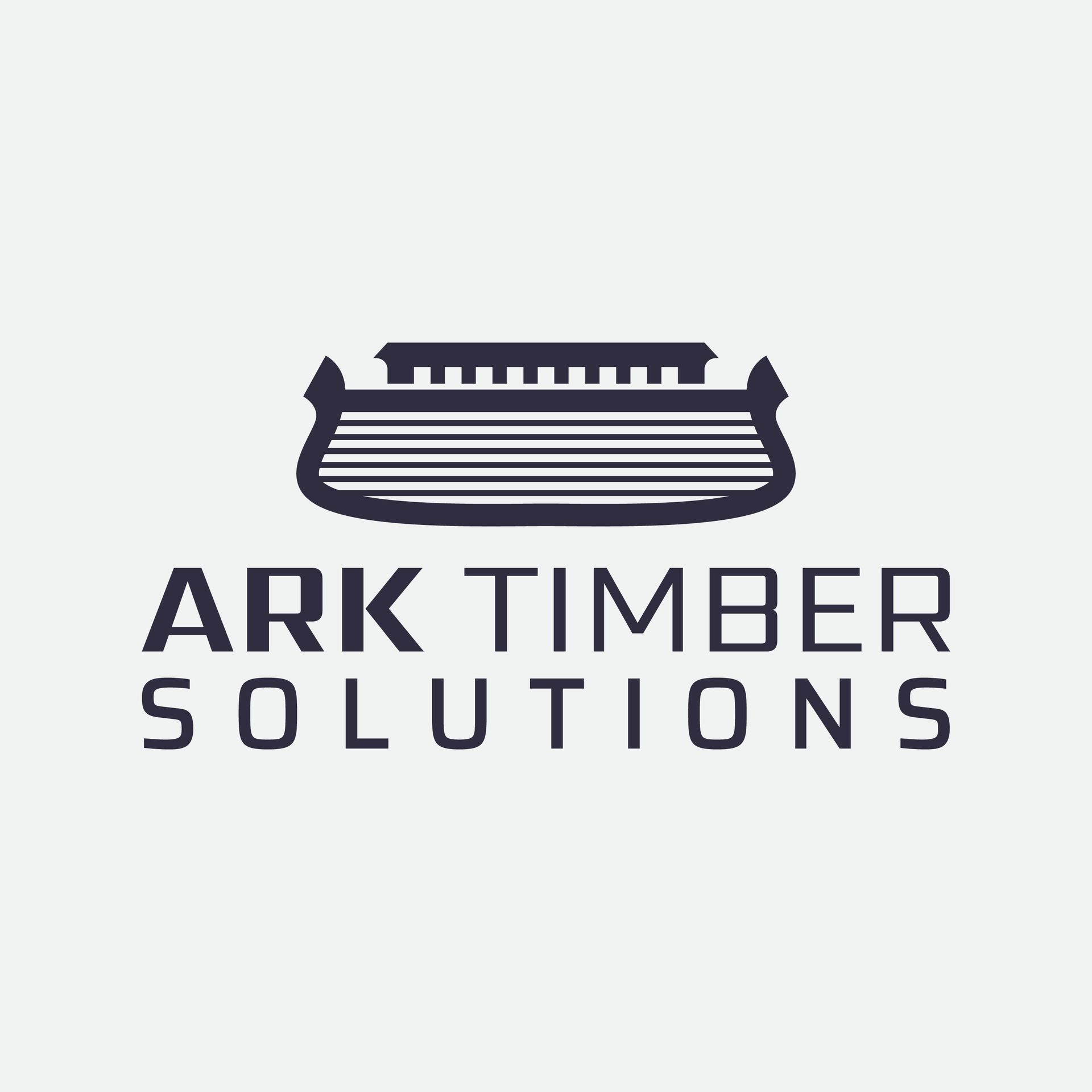Myth-Busting Timber Frame Construction: Addressing Common Misconceptions
Understanding Timber Frame Construction
Timber frame construction has been a cornerstone of building techniques for centuries, offering a sustainable and aesthetically pleasing option for modern homes. Despite its historical roots and modern innovations, several myths persist about this construction method. Let's address some common misconceptions and uncover the truth behind timber frame construction.

Myth 1: Timber Frame Homes Are Not Durable
A common misunderstanding is that timber frame homes are inherently less durable than those made from other materials. This myth likely stems from confusion between timber frame and traditional wood frame construction. In reality, timber frame homes are built using large, solid wood beams that provide exceptional strength and longevity. These structures can withstand severe weather conditions and last for centuries if properly maintained.
Furthermore, the use of modern engineering techniques and materials enhances their durability. Timber frames can be designed to meet or exceed current building codes, ensuring safety and resilience.
Myth 2: Timber Frame Construction Is Not Energy-Efficient
Another prevalent myth is that timber frame construction is not energy-efficient. In fact, timber frame homes can be highly energy-efficient when combined with proper insulation and energy-efficient windows. The open spaces between the timber beams allow for excellent insulation placement, minimizing heat loss and reducing energy consumption.

Additionally, timber is a natural insulator, helping to maintain a comfortable indoor climate year-round. With careful design and planning, timber frame homes can achieve impressive energy ratings, contributing to lower utility bills and a reduced carbon footprint.
Myth 3: Timber Frame Construction Is Too Expensive
The perception of high costs can deter potential homeowners from considering timber frame construction. While it's true that the initial cost may be higher compared to conventional building methods, this often includes the benefits of custom design and unique aesthetics that timber frames offer.
Moreover, the long-term savings in energy costs and maintenance can offset the initial investment. Timber frame homes are built to last, requiring fewer repairs over time. When considering the full lifecycle cost, timber frames can be a cost-effective choice.

Myth 4: Timber Frame Homes All Look the Same
Some people believe that timber frame homes have a limited design scope and tend to look similar. This misconception ignores the versatility of timber as a building material. Timber frames can be customized to fit a variety of architectural styles, from traditional to contemporary, providing endless design possibilities.
Architects and builders can incorporate diverse elements such as vaulted ceilings, open floor plans, and large windows to create personalized spaces that reflect individual tastes and preferences. The natural beauty of exposed timber beams adds character and warmth to any design.
The Reality of Timber Frame Construction
Timber frame construction offers a blend of strength, sustainability, and beauty that is hard to match. By dispelling these myths, homeowners can make informed decisions about using this time-tested method for their next building project. With its many advantages, timber frame construction remains a viable and attractive option for modern living.
